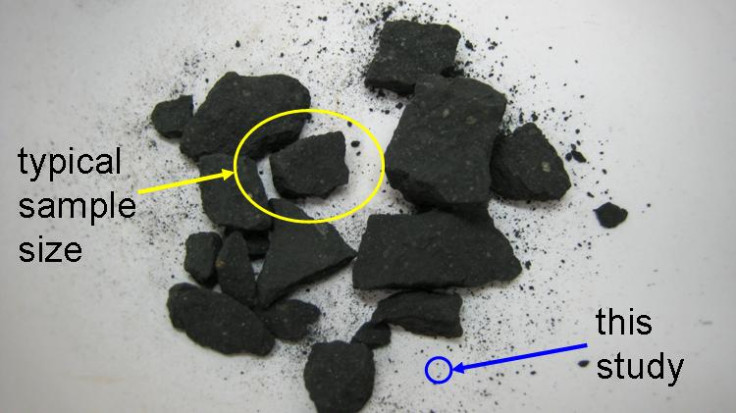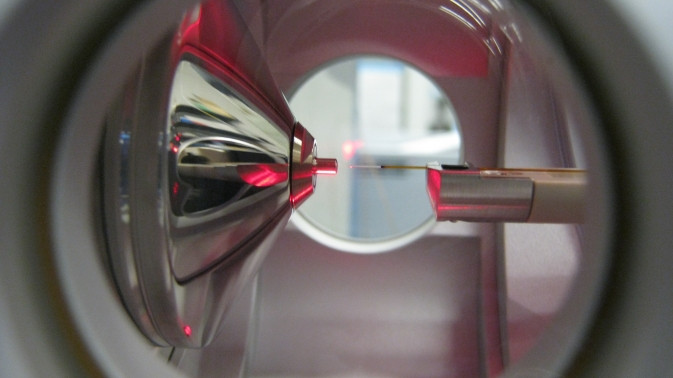Did Space Dust Bring Life to Earth?

Scientists at Nasa have collated increasing evidence that life on Earth might have been kickstarted by space materials deposited by comet and meteor impacts.
While analysing carbon-rich meteorites, Nasa researchers have found amino acids used to make proteins, the building blocks for structures such as hair and skin, as well as components needed to make DNA, the molecule that carries instructions on how to build and regulate living organisms.
The researchers also found other molecules important to the biological process, such as nitrogen heterocycles, sugar-related organic compounds, and compounds found in modern metabolism.
Carbon-rich meteorites are quite rare, however, making up less than 5% of all recovered meteorites, and meteorites make up only a portion of all the extraterrestrial material that comes to earth.
The carbon-rich meteorites contain very low concentrations of the life-giving molecules, so scientists are not sure how big a part they play in the origin of life.
"Despite their small size, these interplanetary dust particles may have provided higher quantities and a steadier supply of extraterrestrial organic material to early Earth," said Michael Callahan of Nasa's Goddard Space Flight Center in Greenbelt, Maryland.
"Unfortunately, there have been limited studies examining their organic composition, especially with regards to biologically relevant molecules that may have been important for the origin of life, due to the minuscule size of these samples."
Callahan and his team at Goddard's Astrobiology Analytical Laboratory have had to use advanced technology in order to study tiny fragments of the well-studied Murchison meteorite.

The researchers used a nanoflow liquid chromatography instrument to sort the molecules within tiny pieces of meteorites measuring 360 micrograms, 1,000 times smaller than the usual size of meteorites analysed.
Once the molecules were sorted, nanoelectrospray ionisation was applied to give the molecules an electric charge and deliver them to a high-resolution mass spectrometer which was able to identify which molecules were in the meteorite sample.
Callahan hopes that this technique will enable them to investigate other small-scale extraterrestrial materials like interplanetary dust particles and cometary particles in future.
"I'm particularly interested in analysing cometary particles from the Stardust mission," he said. "It's one of the reasons why I came to Nasa. When I first saw a photo of the aerogel used to capture particles for the Stardust mission, I was hooked."
© Copyright IBTimes 2025. All rights reserved.






















